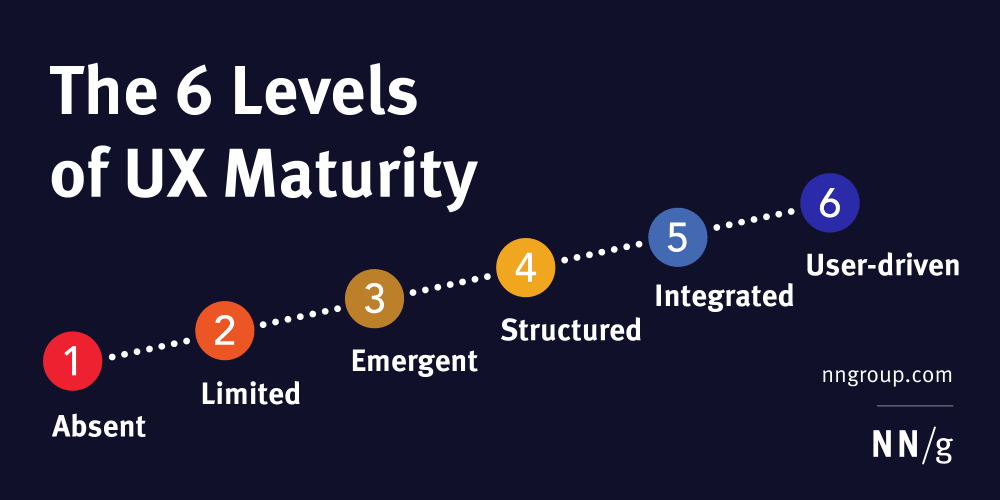Introduction
The similarity between the rich and the poor is that both love a good bargain—just at different stores. Whether you’re shopping at Louis Vuitton or a local flea market, everyone is on the lookout for the best deals. But what if you could use cutting-edge technology to optimize your shopping experience?
Imagine trying to bundle purchases to maximize discounts, but the options are so numerous, forget about manually evaluating each one, it's impossible even for today's supercomputers. However, this problem can be tackled using quantum computing, specifically with the BILP-Q algorithm. Let's dive into how this works.
Understanding the Basics
What is the Problem?
Think of this as a shopping challenge. You have four items to buy: a webcam, shoes, headphones, and socks. Each item or combination of items has a different discount. The goal? Find the best combination of bundles to minimize your total cost.
Classical Approach vs. Quantum Approach:
Traditionally, solving this involves evaluating all possible combinations of items, which quickly becomes impractical as the number of items increases. This is a classical NP-Hard problem in AI called the Coalition Structure Generation (CSG) problem which has vital applications in cooperative game theory, multi-agent systems, and microeconomics.
Quantum computing, however, can handle this complexity more efficiently.
Introducing BILP-Q
What is BILP-Q?
BILP-Q stands for Binary Integer Linear Programming - Quantum. It transforms our shopping problem into a Quadratic Unconstrained Binary Optimization (QUBO) problem, which quantum computers can solve effectively using algorithms like Quantum Approximate Optimization Algorithm (QAOA).
Example Scenario
Imagine you want to buy four items: a webcam, shoes, headphones, and socks. Here’s how the discounts for different bundles look:
Single items:
- Webcam: $30
- Shoes: $40
- Headphones: $25
- Socks: $15
Bundles of two items:
- Webcam & Shoes: $50
- Webcam & Headphones: $40
- Webcam & Socks: $50
- Shoes & Headphones: $55
- Shoes & Socks: $45
- Headphones & Socks: $45
Bundles of three items:
- Webcam, Shoes & Headphones: $90
- Webcam, Shoes & Socks: $95
- Webcam, Headphones & Socks: $75
- Shoes, Headphones & Socks: $85
All four items:
- Webcam, Shoes, Headphones & Socks: $105
Your goal is to buy all four items with the maximum discount.
For formal definitions of the problem and mathematical details, please refer to the original paper of BILP-Q.
Visual Representation of the solution space
The following diagram shows all possible ways to purchase the four items, along with their total costs. Each level represents a different number of groups (coalitions).
Manually checking each possible combination is tedious, so we use BILP-Q to find the optimal solution.
Walkthrough of the Example
Setting Up the Problem:
Install qiskit
pip install qiskit
pip install qiskit_optimization
Clone/download the BILP-Q official repository and import the below python scripts:
import Utils_Solvers
import Utils_CSG
Define the Problem Instance:
We will enumerate the items as follows:
1 for Webcam,
2 for Shoes,
3 for Headphones, and
4 for Socks.
Here’s how you can initialize the values of the bundles:
# Define the cost of each bundle
coalition_values = {
'1': 30,
'2': 40,
'3': 25,
'4': 15,
'1,2': 50,
'1,3': 40,
'1,4': 50,
'2,3': 55,
'2,4': 45,
'3,4': 45,
'1,2,3': 90,
'1,2,4': 95,
'1,3,4': 75,
'2,3,4': 85,
'1,2,3,4': 105
}
Convert to BILP:
We convert the CSG problem to a Binary Integer Linear Programming (BILP) problem:
c, S, b = Utils_CSG.convert_to_BILP(coalition_values)
Convert to QUBO:
Next, we convert the BILP problem to a Quadratic Unconstrained Binary Optimization (QUBO) problem:
import numpy as np
qubo_penalty = 50 * -1
linear, quadratic = Utils_CSG.get_QUBO_coeffs(c, S, b, qubo_penalty)
Q = np.zeros([len(linear), len(linear)])
# Diagonal elements
for key, value in linear.items():
Q[int(key.split('_')[1]), int(key.split('_')[1])] = value
# Non-diagonal elements
for key, value in quadratic.items():
Q[int(key[0].split('_')[1]), int(key[1].split('_')[1])] = value / 2
Q[int(key[1].split('_')[1]), int(key[0].split('_')[1])] = value / 2
Solving QUBO Using QAOA:
We use QAOA to solve the QUBO problem:
#@title Default title text
backend = BasicAer.get_backend('qasm_simulator')
optimizer = COBYLA(maxiter=100, rhobeg=2, tol=1.5)
qubo = create_QUBO(linear, quadratic)
p=1
init = [0.,0.]
qaoa_mes = QAOA(optimizer=optimizer, reps=p, quantum_instance=backend, initial_point=init)
qaoa = MinimumEigenOptimizer(qaoa_mes) # using QAOA
qaoa_result = qaoa.solve(qubo)
solution = qaoa_result.x
print(f'Solution: {solution}')
Decoding the Solution:
The solution x is a binary string of size
, where each bit represents a non-empty subset of the items and the positions marked 1 will be considered. For four items, the subsets are:
- Webcam
- Shoes
- Headphones
- Socks
- Webcam, Shoes
- Webcam, Headphones
- Webcam, Socks
- Shoes, Headphones
- Shoes, Socks
- Headphones, Socks
- Webcam, Shoes, Headphones
- Webcam, Shoes, Socks
- Webcam, Headphones, Socks
- Shoes, Headphones, Socks
- Webcam, Shoes, Headphones, Socks
For example, the solution is obtained will look like 000001001000000.
Parsing the binary string from left to right, we select the 6th subset {Webcam, Headphones} and the 9th subset {Shoes, Socks} as the optimal bundles to purchase.
Visualizing the Quantum Circuit
Finally, display the quantum circuit used in QAOA:
qaoa_mes.get_optimal_circuit().draw('mpl')
The Challenge of the Problem
Although this is a very hard problem, the size of the input is also exponential compared to the number of agents (items in this case). For items, the input was a dictionary of prices for each possible bundle, which totals .
Thus, in the next post, we will explore induced subgraph games, where the problem setting is more practical, but the complexity of finding the optimal solution is still hard for classical computers.
Conclusion
In this post, we explored how a quantum algorithm can tackle complex optimization problems efficiently. We have modeled a very primitive scenario while the actual problem is based on intelligent agents and typically not items. There are more realistic coalition formation use-cases that can be implemented such as peer-to-peer energy trading, logistics, wireless sensor networks and see how quantum computing can simplify the decision-making process.
Quantum computing is still emerging, but its potential to solve complex optimization problems is immense. As quantum technology advances, we can expect more efficient solutions to problems that are currently infeasible for classical computers.
References
- Supreeth Mysore Venkatesh, Antonio Macaluso, and Matthias Klusch. "BILP-Q: Quantum Coalition Structure Generation." 19th ACM International Conference on Computing Frontiers (CF’22), May 17–19, 2022, Torino, Italy. Paper Link, Preprint on arXiv
- Github repository: https://github.com/supreethmv/BILP-Q
Join the Discussion
I wrote this post to make the concepts of quantum computing more accessible and to showcase its real-world applications. Whether you're a seasoned tech enthusiast or just curious about new technologies, I believe there's something valuable for everyone here.
Feel free to leave your questions, thoughts, or feedback in the comments below. I'd love to hear about your experiences, any challenges you face with optimization problems or other topics you’d like to learn more about.




















